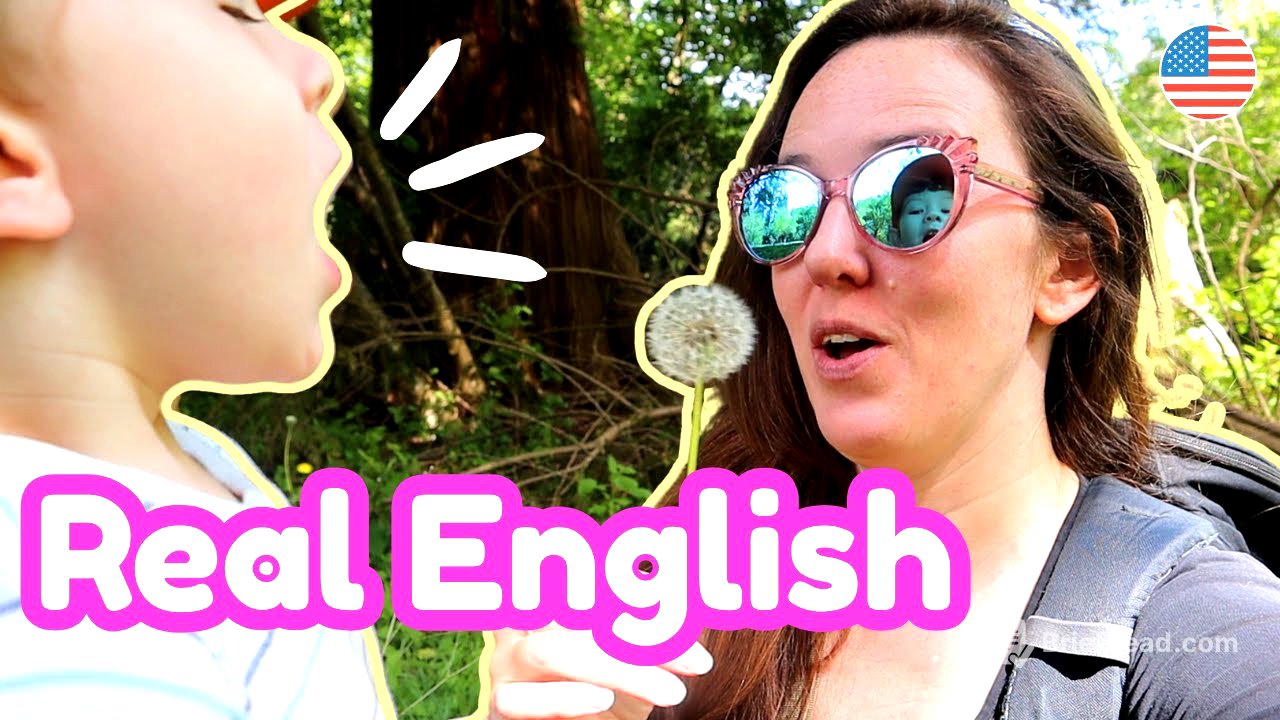TLDR;
This video captures a natural English conversation between a mother and her three-year-old son, Dory, during a walk to the beach. It highlights the differences between formal English and the messy, imperfect language used in everyday life. The journey includes observations of nature, such as slugs, flowers, butterflies, worms, and geese, providing a rich context for vocabulary and language use.
- Natural English conversation
- Focus on nature and exploration
- Vocabulary in context
Hello hello! [0:00]
The video introduces a natural English conversation between the speaker and her three-year-old son, Dory, on their way to the beach. The speaker emphasizes the importance of exposure to real, naturally spoken English, which often differs from the more formal English taught in classrooms and grammar books. She encourages viewers to note any questions or observations in the comments and mentions a free downloadable worksheet with exercises related to the conversation.
Let's get ready [1:27]
The speaker helps Dory put on his shoes, noting they might be getting too small. Dory brings his "treasure," which includes a shovel. They discuss what clams eat, deciding to ask Google, and confirm they have their beach toys. Google informs them that clams eat plant particles or plankton. Dory recalls seeing a clam with its tongue out during their last beach visit, emphasizing that the shells they collect are from dead creatures.
We caught a slug [3:57]
Dory finds a slug and puts it in his bucket to take to the beach. The speaker points out the cherry blossoms on the ground and suggests picking them up to make a bouquet, explaining what a bouquet is. They continue their walk, looking for more bugs and flowers.
Picking up and picking flowers [4:18]
Dory wants to pick flowers from people's gardens, but the speaker explains that they can only pick flowers that are already on the ground, such as those on the sidewalk or in the grass. She clarifies that weeds and buttercups are also okay to pick.
Butterfly! [5:28]
Dory spots a butterfly. The speaker and Dory observe the butterfly.
Do you have eggs? [5:48]
Dory asks the slug if it has eggs. The speaker notes how loaded up the stroller is with beach toys, a tent, and snacks. Dory finds a beetle and puts it in the bucket, but the speaker warns that it might fly away.
Looking for worms [6:25]
Dory stops to look for worms in the mud. He digs in the dirt, explaining that the worms need a lot of dirt and that they love it. The speaker helps him dig, noting that the dirt is a bit dry.
Giant plants [7:50]
The speaker comments on how much a nearby plant has grown. She describes another plant as huge and spiky, cautioning Dory not to touch it because it could hurt. The plant reminds her of something from Jurassic Park due to its prehistoric appearance.
Kicking and blowing dandelions [8:55]
Dory enjoys kicking dandelions, one of his favorite activities. The speaker takes a picture of him. She then encourages Dory to blow on a dandelion and make a wish.
Muddy bridge... and baby geese! [9:27]
They approach a muddy bridge and decide to cross it carefully. They see ducks and geese, including baby geese (goslings). Dory spots the baby geese, and the speaker remarks on how cute they are. They look for frogs but don't see any.
Almost there! [11:25]
Dory holds a bouquet of flowers. The speaker notes that they can see the beach. Dory confirms that he sees the beach, and they acknowledge that they have arrived.
